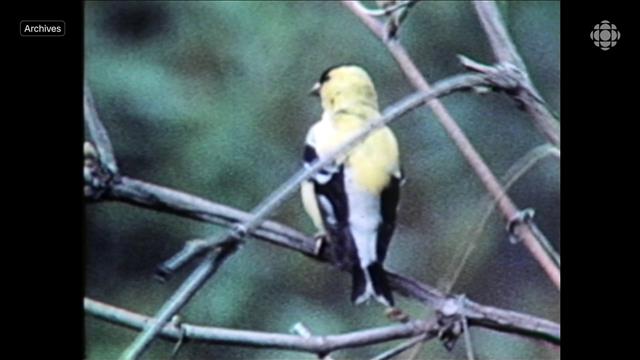From June 20 to September 2, 2025 inclusive, access to the 37 national parks, 11 natural park reserves and 171 national historic places, which Parcs Canada Administer, will be free. This is the case of the southern most of our national parks: that of Pointe-Pélée.
Cap to the south
The Pointe-Pelée National Park is located in southwest Ontario. He is far from barely a few tens of kilometers from Windsor.

Report which presents the Pointe-Pelée National Park in Ontario.
It is the southernmost place in continental Canada, because it is crossed by the 42e northern parallel, as this report presented to The green week February 14, 1982.
Gustave Larocque is the narrator.
The Pointe-Pelée National Park is therefore at the same height as northern California or Barcelona in Spain.
The park was created in 1918 by the Canadian government.
It is one of the smallest of Canada’s national parks with only 15.2 square kilometers of surface area.
In 1982, 400,000 people visited it.
The Pointe-Pelée National Park is a place where a very varied flora and fauna can be observed.
You can admire surprising plants in particular such as a cactus called the prickly pear, musk rats and number of turtles.
The place is mainly visited for the impressive number of species of birds which are only passing there or which reside all year round in the park.
According to Parks Canada, more than 390 species of birds were identified in the Pointe-Pelée sector.
This is one of the best observation places for ornithologists in Canada.
Nearly 500,000 people would have visited the Pointe-Pelée National Park in 2023-2024.

